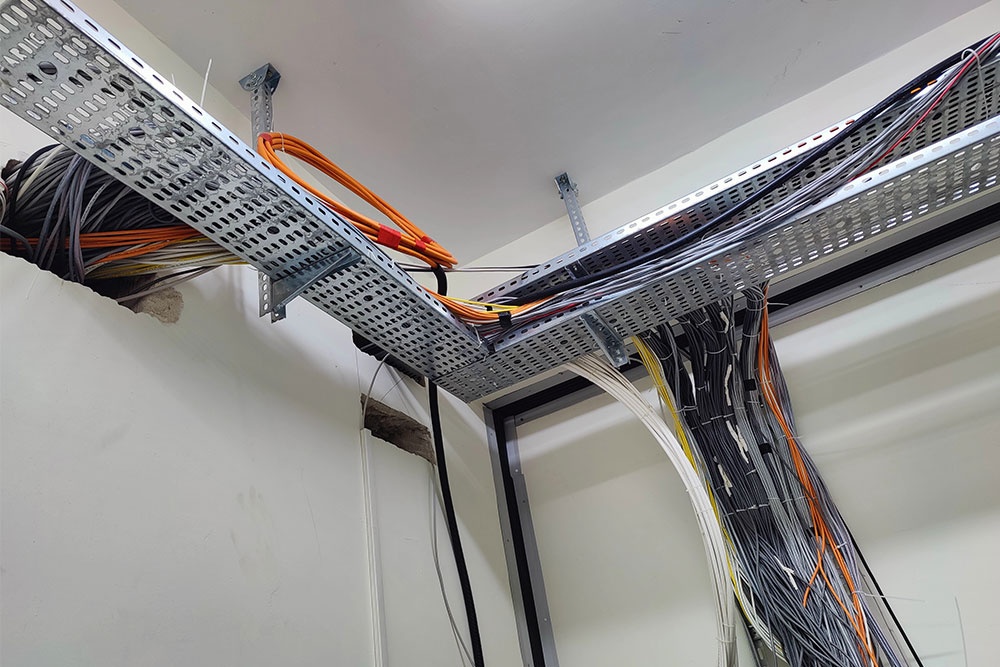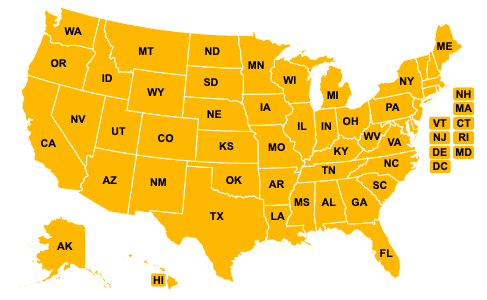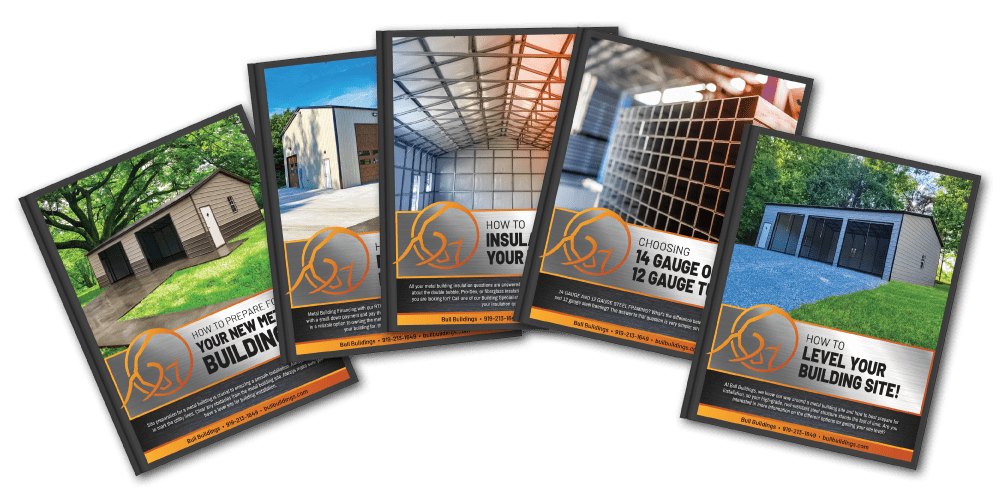
Wiring a metal building is an important step in transforming a basic structure into a fully functional space. Whether your building is a workshop, garage, or storage unit, installing electricity allows you to power tools, lighting, and appliances. To ensure a safe and efficient electrical system, you’ll need to follow proper steps, use the right materials, and comply with local regulations.
This guide explains the basics on how to wire a metal building. It covers everything from planning your electrical layout to selecting materials and understanding safety precautions.
Why Metal Buildings Require Specialized Electrical Planning
Metal buildings differ from traditional wooden structures because their metallic frames conduct electricity. This feature makes careful planning crucial for preventing electrical hazards like short circuits and shocks. Proper grounding, the use of conduits, and selecting the correct materials are necessary to avoid issues caused by metal’s conductive properties.
Additionally, metal buildings often face unique environmental challenges such as condensation, which can affect electrical components. To address these concerns, you’ll need materials that are durable, weather-resistant, and suitable for use in a metal structure.
Planning Your Electrical Layout
A clear and thorough electrical layout is the foundation of a safe wiring project. Start by identifying your building’s purpose and listing all the devices and systems that will require power. This may include:
- General lighting fixtures
- Outlets for tools or appliances
- Heating or cooling systems
- Specialty equipment
Once you’ve mapped out your power needs, determine where to place outlets, switches, and light fixtures. Make sure to distribute them evenly for convenience and efficiency. A professional electrician or engineer can assist in designing a layout that meets both your needs and local building codes.
Selecting Materials for Metal Building Electrical Wiring
Electrical wiring in metal buildings is typically run through conduits to protect against physical damage and prevent contact with the conductive metal frame. Popular options include Electrical Metallic Tubing (EMT) and rigid PVC.
Use wires with sufficient insulation to prevent exposure to moisture or sharp edges. THHN (Thermoplastic High Heat Nylon-coated) wires are a common choice due to their durability.
Metal electrical boxes are often used because they are durable and can be securely attached to the building’s frame. Proper grounding is critical in a metal building. Ground rods, clamps, and conductive grounding wires are essential components of your system.
Installing the Electrical Service Panel
The electrical service panel, or breaker box, is the control center of your building’s electrical system. It distributes electricity to individual circuits while protecting the system from overloading.
Position the service panel in an accessible location, ensuring compliance with clearance requirements outlined in the National Electrical Code (NEC). The panel must be properly grounded to protect against electrical faults.
Depending on your building’s size and power needs, you may need a 100-amp or 200-amp panel. Consult with an electrician to determine the appropriate panel capacity.
Running Electrical Wiring in a Metal Building
With the layout and materials ready, you can begin the wiring process. Carefully run wires through conduits to protect them from damage and to prevent them from coming into direct contact with the metal frame.
When drilling holes in the metal structure for conduits, use grommets or protective bushings to guard against sharp edges. Attach conduits securely to the building frame using straps or brackets to keep them in place.
Installing Outlets, Switches, and Fixtures
Once the wiring has been run through the conduits, the next step is to install the outlets, switches, and lighting fixtures. This process begins with securely attaching electrical boxes to the metal building’s framework. Ensure these boxes are rated for use with metal structures and have sufficient space for wiring connections.
When connecting wires, follow the color-coding conventions: red or black wires for live connections, bare or green wires for grounding, and white wires for neutral. Carefully secure all connections inside the boxes to prevent loose or exposed wires that could cause short circuits.
Lighting fixtures should be installed in locations that provide optimal coverage for your space. For example, overhead lighting is ideal for general illumination, while task lighting may be required for specific work areas. Securely fasten fixtures to the building’s structure and ensure they are properly grounded to avoid electrical faults.
Grounding a Metal Building’s Electrical System
Grounding is one of the most critical aspects of wiring a metal building. A well-grounded system protects the structure, its occupants, and equipment from electrical faults, such as short circuits or lightning strikes.
Begin by installing ground rods outside the building, usually near the electrical service panel. These rods are driven deep into the ground to provide a reliable path for electrical currents. Connect the ground rods to the service panel using grounding wire and clamps.
In addition to grounding the service panel, ensure that all outlets, switches, and fixtures are properly grounded. This step is essential in a metal building, where the entire structure can become electrically conductive.
Testing and Inspecting Your Wiring
After completing the installation, test and inspect your wiring to ensure everything is functioning safely and correctly. Use a multimeter to verify voltage levels at outlets and fixtures, and test for continuity in the circuits. Ground Fault Circuit Interrupters (GFCIs) should be installed and tested in areas with potential exposure to moisture, such as near sinks or outdoor outlets.
Once testing is complete, schedule an inspection with your local building authority. An inspection confirms that your wiring complies with local codes and regulations, providing peace of mind and ensuring your structure is safe for use.
Maintaining Electrical Systems in Metal Buildings
Regular maintenance is key to keeping your metal building’s electrical system in good condition. Periodically inspect conduits, wiring, and fixtures for signs of wear, corrosion, or damage. Address any issues promptly to prevent further complications.
Additionally, clean your lighting fixtures and outlets to remove dust and debris that could interfere with their operation. For buildings located in areas with extreme weather, check for condensation or water intrusion that could compromise the electrical system.
How Bull Buildings Can Help
At Bull Buildings, we understand that every metal building project is unique. While we specialize in helping clients find the perfect metal structure to suit their needs, we also prioritize providing comprehensive information to ensure that every building is functional, safe, and durable.
When you work with us, we connect you with manufacturers who offer high-quality metal building kits designed for easy electrical installation. Our experts consider your specific requirements, from the layout of your structure to local building codes, ensuring that your building is prepared for seamless wiring.



